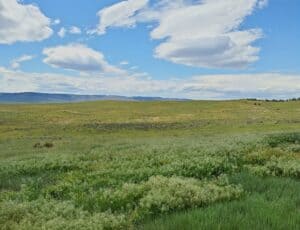
Range Improvements Benefit Livestock and Wildlife Near Gillette, Wyoming
In fall 2018, Wyoming Game and Fish Department Sheridan Region Terrestrial Habitat Biologist Todd Caltrider began working with members of the Spring Creek Grazing Association on a long-term plan to improve range conditions on the Thunder Basin National Grassland and several adjoining private properties northeast of Gillette, Wyoming. Multiple projects were implemented over several years
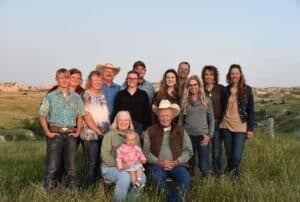
The Mahlstedt Ranch Inc.: Building Resilience Through Diversity
Alexis Canen greets us at her family ranch in eastern Montana. It’s a warm day in late June. She’s wearing a t-shirt, jeans, and a medical boot wrapped in a blue sack on her left foot. The sack is to keep out the dust. The boot is to protect her wounded foot from further injury.

Using Fire to Manage Grasslands
The red-orange fingers of fire are rarely a welcome sight – especially when they’re racing across precious landscapes and threatening homes and communities – but there are times when fire is one of the most useful tools we have to maintain and preserve the health of ecosystems. While it may seem counterintuitive, planned ignition –
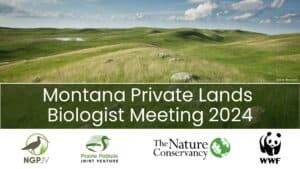
NGPJV Hosts Private Lands Biologist Forum in Lewistown, Montana
On April 1 & 2 the Northern Great Plains Joint Venture (NGPJV) hosted a private lands biologist forum in Lewistown, Montana. Nearly 60 representatives from eighteen organizations gathered for this two-day event. The purpose of the forum was to encourage networking and relationship-building among biologists working toward grasslands conservation on private lands in eastern Montana.
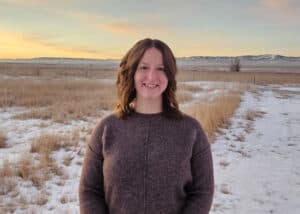
Science Integration: Bridging the Gap Between Science and On-the-Ground Conservation
Hi there! I’m Tayler Scherr—one of two Science Integration Specialists with the Northern Great Plains Joint Venture (NGPJV). I work primarily in southeastern and central Montana while Krista Erdman, my counterpart with the NGPJV, covers western South Dakota. I’m thrilled to be a part of the Joint Venture and would like to share with you
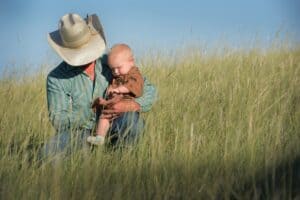
Dakota Grasslands–Where Good Things Grow
The South Dakota Grassland Coalition (SDGC) launched a new public service and education campaign designed to help protect and improve the health and function of native grasslands, North America’s most threatened ecosystem. The campaign, Dakota Grasslands – Where Good Things Grow, is produced by SDGC, in partnership with USDA’s Natural Resources Conservation Service, the South
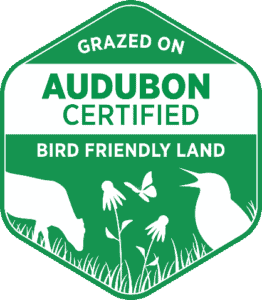
Working with Ranchers to Bend the Grassland Bird Curve
More than a decade ago, the National Audubon Society recognized that any successful grassland bird conservation approach needed to work collaboratively with the landowners and land managers who are the stewards of the vast majority of America’s grassland landscapes—the essential places for grassland birds. The Audubon Conservation Ranching program was conceived as a market-connected conservation
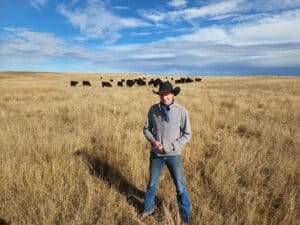
Prairie to Plate Philosophy Drives Bird-Friendly Management at North Dakota’s Paul Ranch
More than 60 miles southwest of Bismarck, the Paul Ranch spreads across more than 6,700 acres of high-quality, mixed-grass prairie. One of the initial ranches enrolled in the National Audubon Society’s Conservation Ranching program, the ranch, operated by Daniel and Tresa Paul and their children David and Denver Paul, is celebrating five years as an
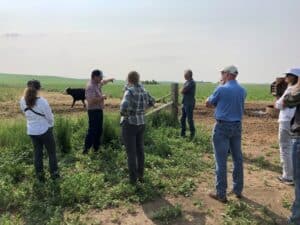
Catalyzing Conservation Through Partnership
When one thinks of the Northern Great Plains, it often conjures images of vast horizons and frolicking antelope, yet it is the people that define the region. Ranchers, farmers, indigenous people, and other community members embody the resilience of this landscape, and many are dedicated to sustaining rangelands for cultural significance, current livelihoods, or future
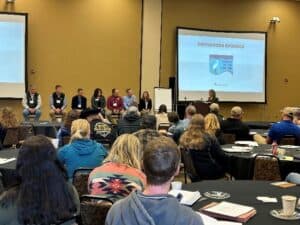
Working Across Fences: Collaborations in Science & Capacity
The Northern Great Plains Joint Venture has been working across fences and Joint Venture (JV) boundaries to support grassland conservation that bridges gaps between land ownership and cultures and moves the needle on habitat conservation and grassland bird population targets. The NGPJV and Prairie Pothole Joint Venture (PPJV) science integration specialists continue to collaborate across
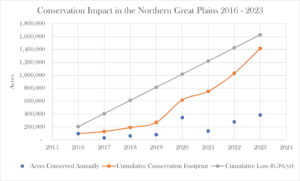
Tracking Conservation Impact
The sum of cooperative conservation is greater than its parts. By showcasing the work of our partners and communicating the value of our combined footprint, the NGPJV is helping to demonstrate how we are, together, making an impact in the grasslands. To set ambitious yet realistic conservation goals, the NGPJV quantified population objectives for five
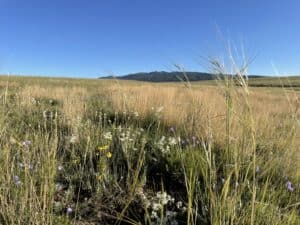
Using Communications to Move the Conservation Needle
The growth of NGPJV communications efforts continues to evolve in response to the ever-shifting dynamics across the partnership and the landscape we serve. With dedicated capacity for communications still being a relatively new addition to the NGPJV team, outreach efforts over the last several years had primarily focused on building our “common core” of communication
